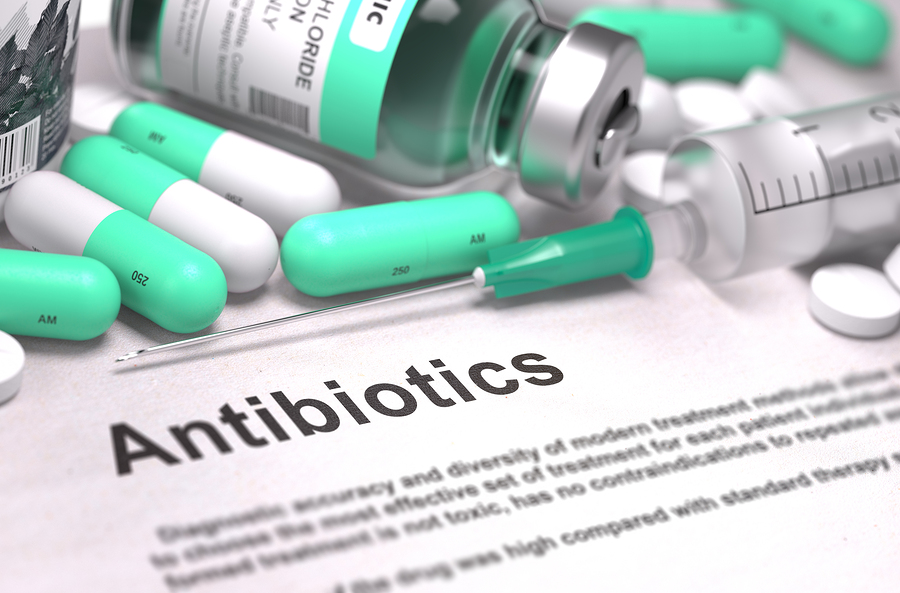
Many people purchase life insurance, but fail in the critical step of properly selecting their beneficiaries. This article provides useful information on designating beneficiaries. You are free to name just about anyone as your beneficiary. For most people it’s usually a close family member. However, you can choose any competent person or even an entity, such as a charity.
Beneficiary designations can be made by naming specific people or entities; or they can be made by class, for example, “my children.” Use full names to avoid confusion. You can be more specific by referring to birth dates or social security numbers. Designating classes can be more challenging. For instance, the designation “my children” may lead to controversy over whether stepchildren are included. Be specific with class designations.
You can name multiple beneficiaries to receive equal or unequal shares. For multiple beneficiaries, use percentages or some other method of division not based upon actual dollar amounts. For example, you can specify division “in equal shares.” Dollar amounts often become outdated due to policy loans or changing cash values.
You can also choose a trust as beneficiary. This can be useful in benefiting minors or disabled persons. Your primary beneficiary will always receive policy proceeds first. If this is a person, he or she must be alive when you die. If that named beneficiary is deceased, the policy proceeds go to your contingent beneficiary.
Therefore, it is important to name a contingent beneficiary. If you and your primary beneficiary pass away at the same time, your primary beneficiary is presumed to have died first. As a result, if there were no contingency plan, you wouldn’t have a named beneficiary. The policy proceeds would go to your estate. Having a named beneficiary avoids having your life insurance benefits pass through your estate. This can save potential estate taxes as well as probate costs.
Sometimes naming a minor as a beneficiary is a bad idea. Insurance companies normally won’t make payments to them. Instead, consider a trust for the minor’s benefit. Also, most states have passed some form of the Uniform Transfers to Minors Act (UTMA). Under UTMA, through a proper designation, you can transfer your life insurance proceeds to a custodian for the benefit of minor beneficiaries.
Be sure to review your beneficiary designations on a regular basis and, if necessary, make the necessary revisions due to marriages, divorces, births, and deaths.
It is important to focus on two main goals in choosing beneficiaries: make sure your designations fulfill your goals, and avoid needless legal controversies. Consult your financial planner for more information.








